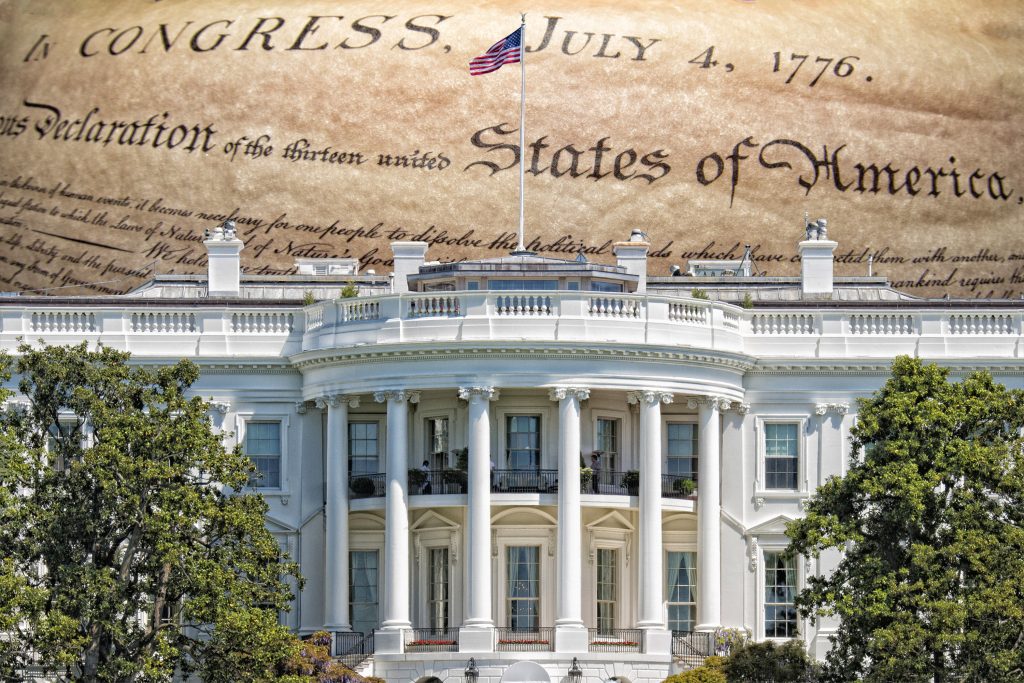Washington DC, January 20, 2025: Today, on President Trump’s first day in office, he signed an Executive Order purporting to end the automatic grant of U.S. citizenship (called “birthright citizenship”) to persons born in the United States. The Executive Order applies to two groups of people: (a) the child’s mother was in undocumented status in the U.S., or (b) the child’s mother was in temporary visa status in the U.S. In both cases, this order does not apply to persons whose father is a U.S. citizen or permanent resident of the United States.
In relation to the children of persons in temporary valid temporary visa status, today’s Executive Order expressly covers the children of persons on temporary visitor visa status including:
- Work visa status, including all work visas.
- Visitor visa status, including B1/B2 visas, and Visa Waiver Program status such as ESTA.
- Student visa status, including F-1 and M-1 visa status.
This highly controversial measure has been a goal for immigration hardliners since the first Trump administration. It now returns as a “day-1” priority for the second Trump administration.
As background, the 14th Amendment of the U.S. Constitution is generally considered to grant U.S. citizenship to “[a]ll persons born or naturalized in the United States, and subject to the jurisdiction thereof, are citizens of the United States and of the State wherein they reside.”
Today’s Executive Order purports to re-interpret the phrase “subject to the jurisdiction thereof” as excluding the child born in the United States whose mother is not in lawful visa status or is valid temporary visa status, and whose father is not a U.S. citizen or U.S. permanent resident.
Most constitutional scholars have consistently maintained that the 14th Amendment establishes birthright citizenship because all people in the United States present on valid visa status or undocumented status are subject to the jurisdiction of the United States – with the only exception being persons holding diplomatic status.
Nevertheless, today’s Executive Order seems to be clearly envisioned as the first salvo in a litigation process leading to a Supreme Court decision that will make new law for the U.S.
